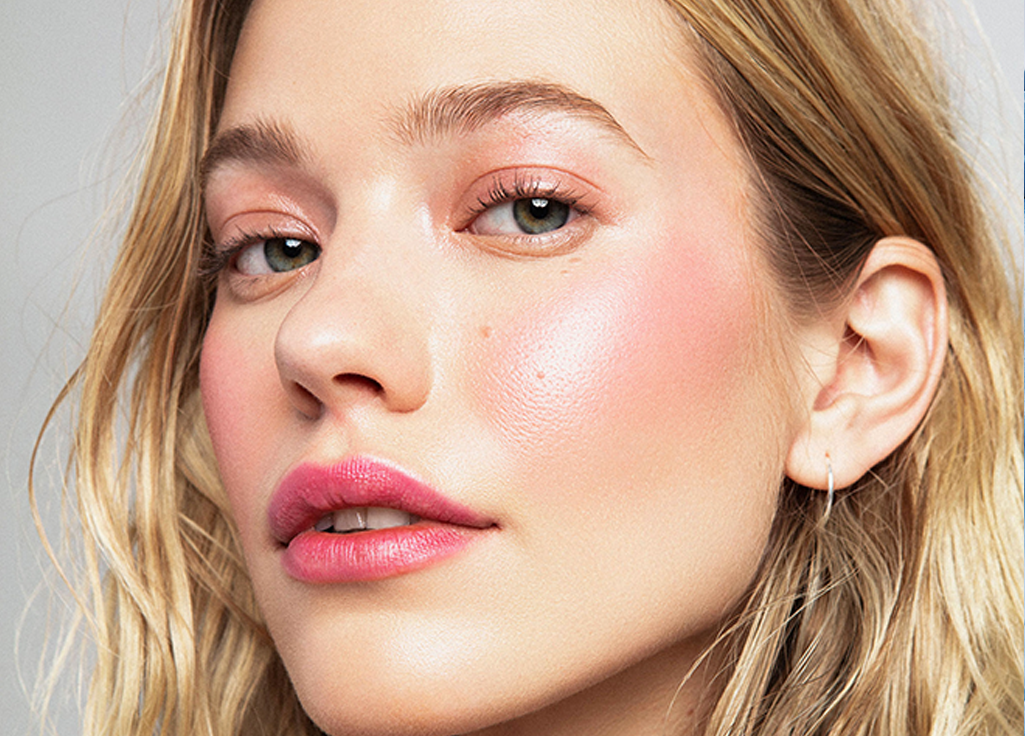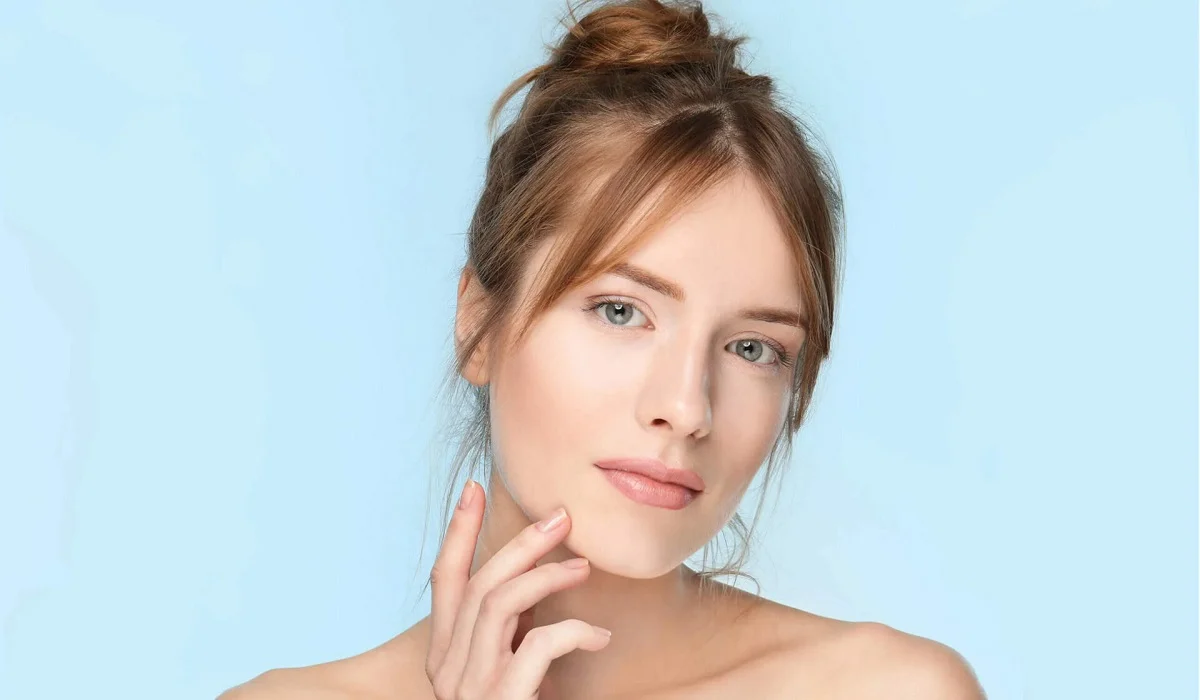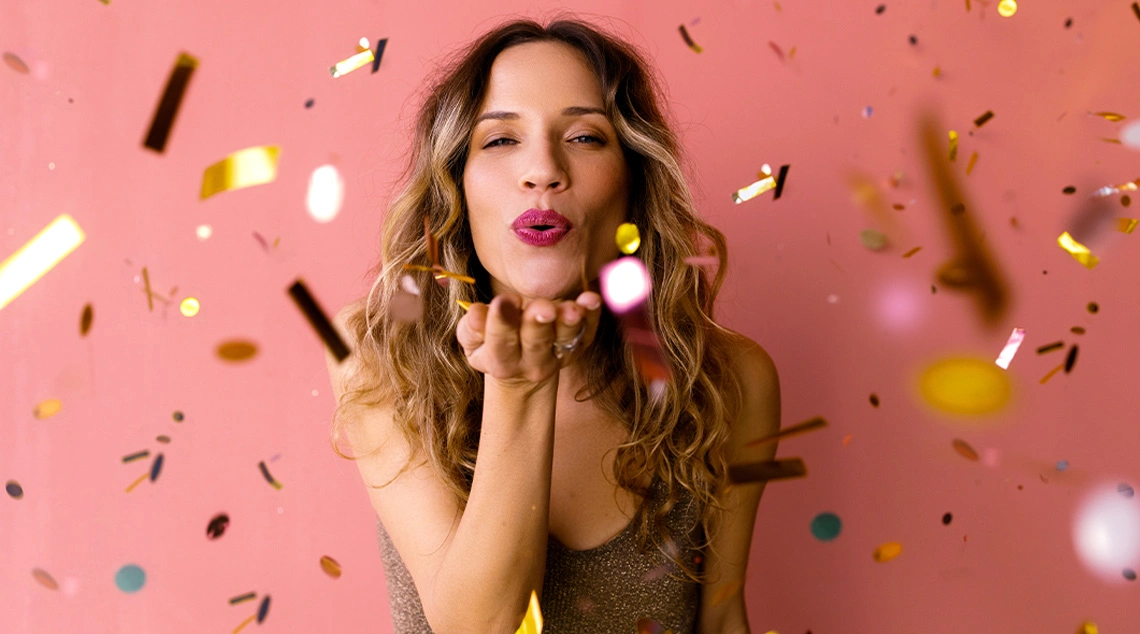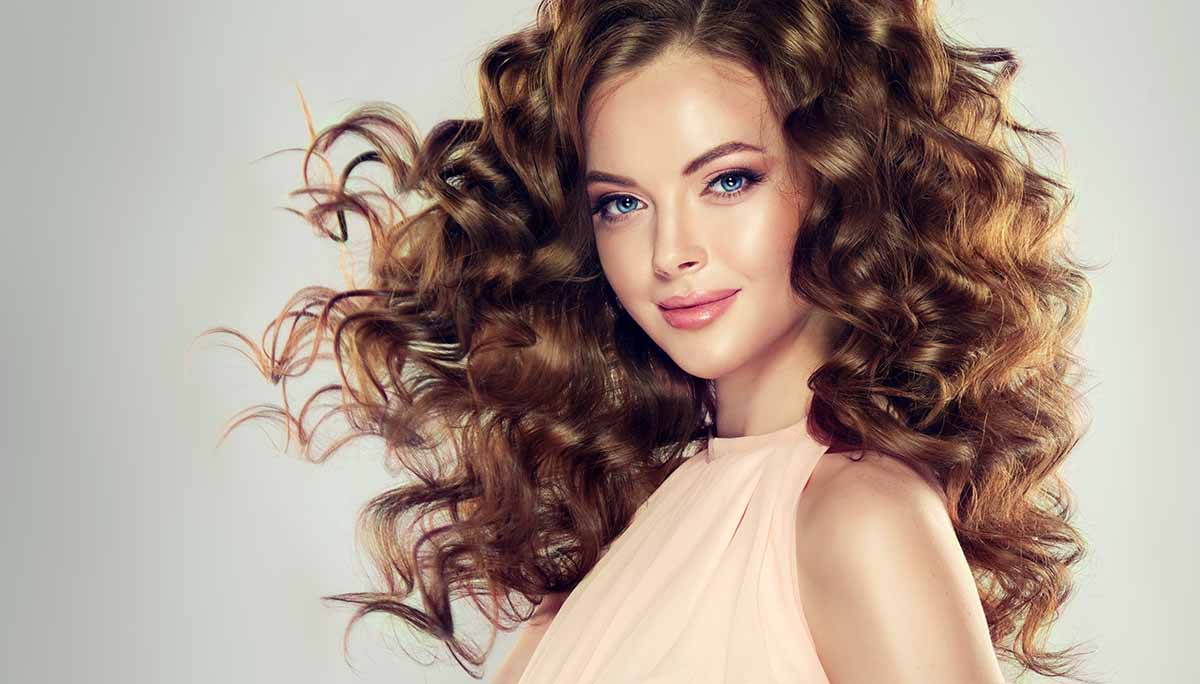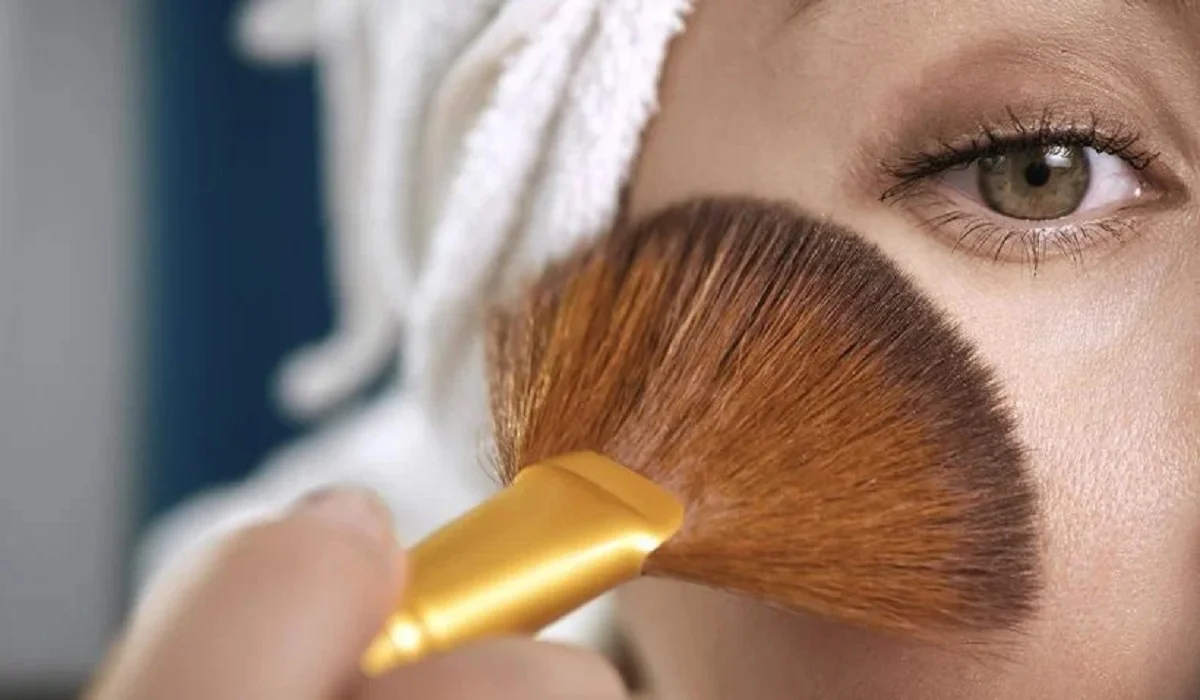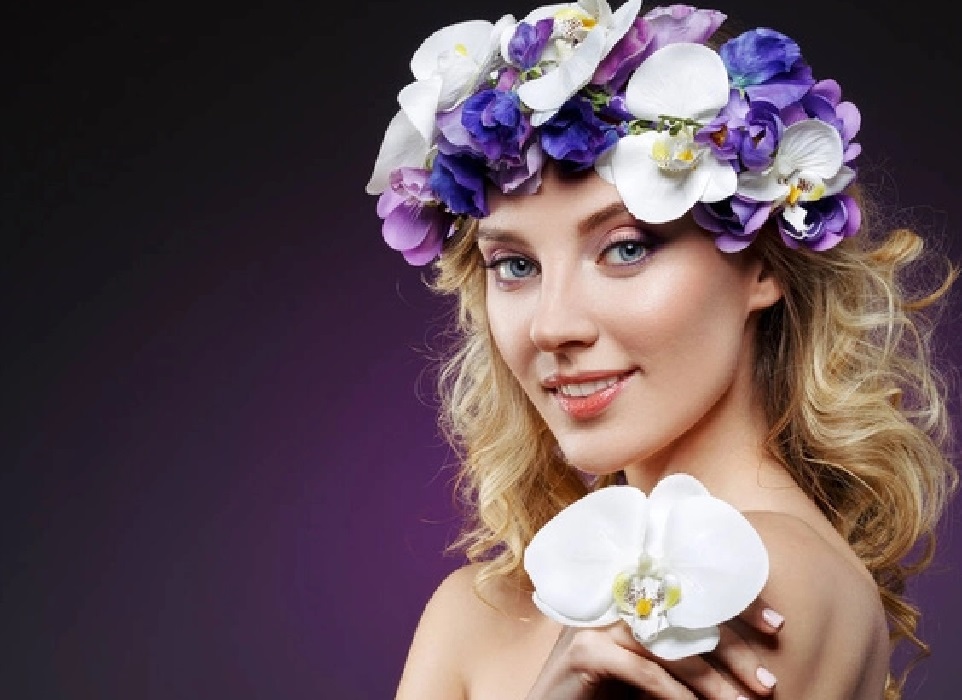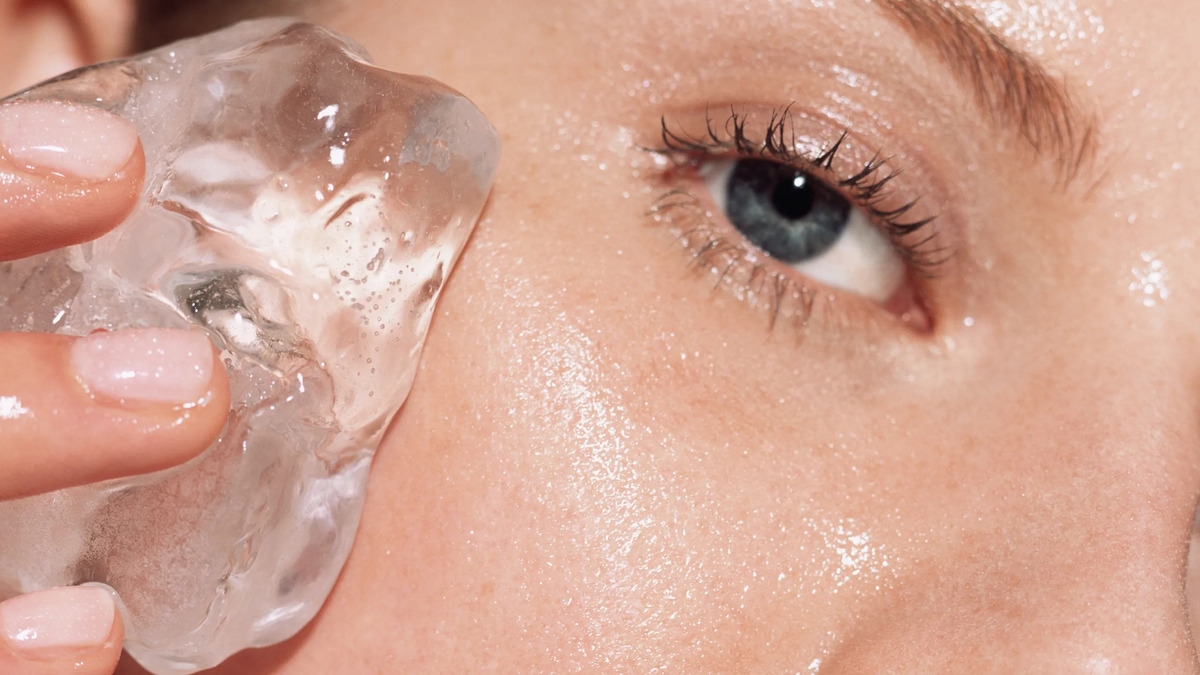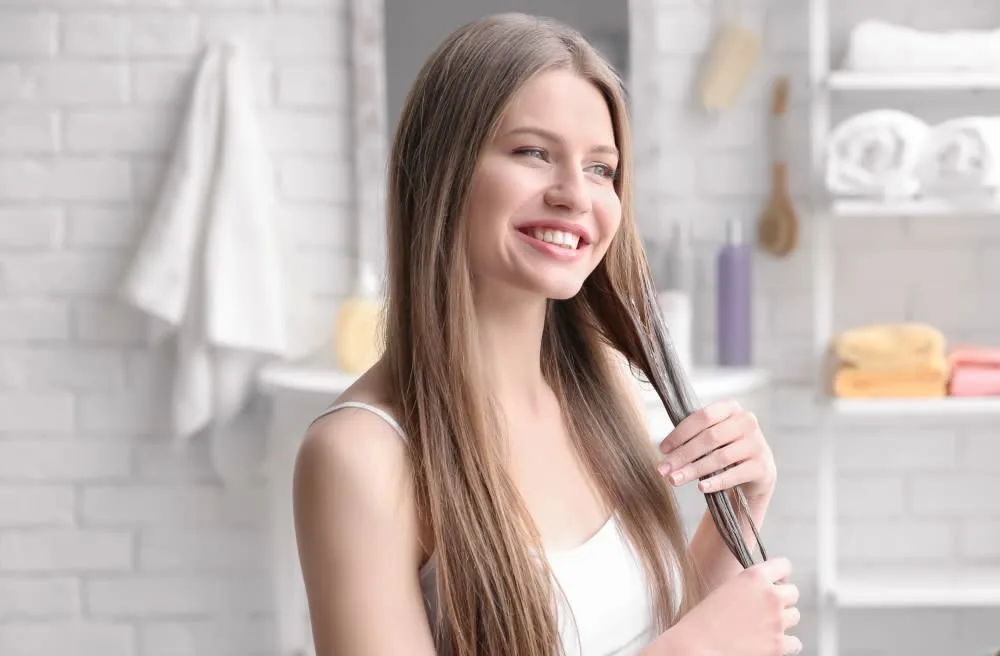
Dandruff, those pesky white or yellow flakes that often appear on the scalp and can make their way onto your clothing, is a common condition that affects people of all ages. While it’s generally harmless, dandruff can be embarrassing and annoying. The good news is that there are numerous effective ways to combat dandruff, from simple home remedies to specialized dandruff shampoos and lifestyle adjustments. In this comprehensive guide, we will explore the causes of dandruff, the different treatment options available, and practical tips to keep your scalp flake-free.
Understanding Dandruff: Causes and Contributing Factors
Before diving into the remedies, it’s essential to understand what causes dandruff. Dandruff, scientifically known as “pityriasis simplex capillitii,” results from several factors, including:
- Overactive Sebaceous Glands: One of the primary causes of dandruff is the overproduction of sebum, the natural oil produced by the sebaceous glands in your scalp. This excess oil can lead to the development of Malassezia, a type of yeast that feeds on sebum.
- Yeast Growth: Malassezia is naturally present on the scalp, but in some individuals, it can grow out of control. This overgrowth can irritate the scalp and lead to dandruff.
- Dry Scalp: While excessive oil can cause dandruff, a dry scalp can also be a culprit. When the scalp becomes dry and flaky, it can lead to itching and dandruff.
- Sensitivity to Hair Products: Some hair care products, particularly those containing harsh chemicals or fragrances, can irritate the scalp and trigger dandruff.
- Skin Conditions: Certain skin conditions like psoriasis and eczema can result in flaky scalps that are often mistaken for dandruff. These conditions may require specialized treatment.
- Poor Diet and Stress: Lifestyle factors such as a diet lacking in essential nutrients or high-stress levels can contribute to dandruff.
Now that we have a grasp of what causes dandruff let’s explore some effective ways to get rid of it.
Home Remedies for Dandruff
- Tea Tree Oil:
- How it works: Tea tree oil has antifungal properties that can help reduce the growth of Malassezia.
- How to use: Mix a few drops of tea tree oil with a carrier oil (like coconut or jojoba) and massage it into your scalp. Leave it on for 30 minutes before shampooing. Use it 2-3 times a week.
- Apple Cider Vinegar:
- How it works: Apple cider vinegar can help balance the pH levels of the scalp, reducing the growth of yeast.
- How to use: Mix equal parts of water and apple cider vinegar. Apply the mixture to your scalp, leave it on for 15-20 minutes, then rinse thoroughly. Use it once a week.
- Aloe Vera:
- How it works: Aloe vera has soothing and anti-inflammatory properties that can alleviate scalp irritation.
- How to use: Apply pure aloe vera gel directly to your scalp, leave it on for 30 minutes, then rinse. You can do this 2-3 times a week.
- Baking Soda:
- How it works: Baking soda can help exfoliate the scalp, removing dead skin cells and reducing flakiness.
- How to use: Wet your hair, then rub a handful of baking soda onto your scalp. Rinse thoroughly and follow with a mild shampoo. Use it once a week.
- Coconut Oil:
- How it works: Coconut oil can moisturize a dry scalp and has antimicrobial properties.
- How to use: Warm coconut oil and apply it to your scalp. Leave it on for a few hours or overnight, then wash your hair. Repeat 2-3 times a week.
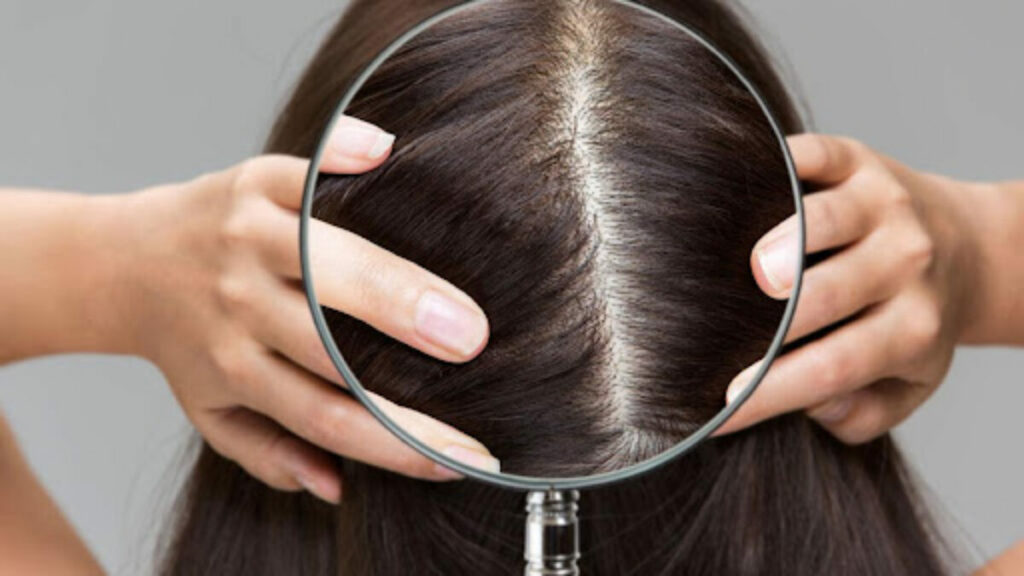
Over-the-Counter Dandruff Shampoos
If home remedies aren’t providing relief, you can turn to over-the-counter (OTC) dandruff shampoos. These shampoos contain active ingredients that target dandruff and its underlying causes. There are three main types of OTC dandruff shampoos:
- Antifungal Shampoos:
- Active Ingredients: Typically contain ingredients like ketoconazole, selenium sulfide, or zinc pyrithione.
- How they work: These shampoos reduce the growth of Malassezia yeast on the scalp.
- Examples: Nizoral, Selsun Blue, Head & Shoulders.
- Salicylic Acid Shampoos:
- Active Ingredient: Salicylic acid.
- How they work: Salicylic acid helps exfoliate dead skin cells
- from the scalp’s surface, reducing flakiness.
- Examples: Neutrogena T/Sal, Denorex.
- When using OTC dandruff shampoos, it’s essential to follow the instructions on the product label. In general, you should:
- Wet your hair thoroughly.
- Apply the shampoo to your scalp.
- Massage it in and leave it on for the recommended duration (usually a few minutes).
- Rinse thoroughly.
- For the best results, use these shampoos regularly, as directed on the label. If you find that one type of shampoo is not effective, you can try another with a different active ingredient. It may take some trial and error to find the one that works best for you.
- Prescription Treatments
- If OTC products and home remedies do not provide relief, or if you have a severe or persistent dandruff problem, it’s advisable to consult a dermatologist. They can prescribe stronger medications and treatments, including:
- Prescription Strength Shampoos:
- Your dermatologist may recommend shampoos containing higher concentrations of active ingredients like ketoconazole or corticosteroids.
- Topical Steroids:
- For more severe cases of dandruff or scalp inflammation, topical steroids in the form of creams, foams, or lotions may be prescribed.
- Antifungal Creams or Ointments:
- If your dandruff is caused by a fungal infection, your dermatologist may prescribe antifungal creams or ointments for your scalp.
- Phototherapy:
- Some individuals with severe dandruff may benefit from phototherapy, a treatment that exposes the scalp to specific wavelengths of UV light.
- Lifestyle Adjustments for Dandruff Management
- In addition to using specific treatments, certain lifestyle adjustments can help manage dandruff and prevent its recurrence:
- Maintain Good Hygiene:
- Wash your hair regularly with a gentle, pH-balanced shampoo. Avoid excessive use of hot water, as it can strip the scalp of natural oils.
- Diet and Nutrition:
- Consume a balanced diet rich in essential nutrients, including vitamins and minerals like zinc, B vitamins, and omega-3 fatty acids. These nutrients are crucial for maintaining a healthy scalp.
- Stress Management:
- High-stress levels can exacerbate dandruff. Engage in stress-reduction techniques such as yoga, meditation, or deep breathing exercises.
- Avoid Harsh Hair Products:
- Limit the use of hair products that contain harsh chemicals, fragrances, or excessive alcohol, as they can irritate the scalp.
- Protect Your Scalp:
- During harsh weather conditions, protect your scalp from extreme cold or sun exposure by wearing a hat or using sunscreen.
- Limit Heat Styling:
- Excessive use of heat styling tools like hairdryers and straighteners can dry out the scalp. Use them sparingly and always apply a heat protectant product.
- Hydrate Your Body:
- Drink plenty of water to stay hydrated. Proper hydration can help maintain skin and scalp health.
- Regularly Clean Hair Accessories:
- Clean combs, brushes, and hair accessories regularly to prevent the accumulation of dead skin cells and oil.
- Dandruff is a common and treatable condition that can be managed effectively with a variety of remedies and lifestyle adjustments. Whether you opt for home remedies, over-the-counter shampoos, or prescription treatments, the key to getting rid of dandruff is consistency and patience. Keep in mind that what works for one person may not work for another, so it may take some time to find the right combination of treatments that suits your specific needs. By understanding the causes of dandruff and exploring the various treatment options available, you can banish those flakes and enjoy a healthy, flake-free scalp.

